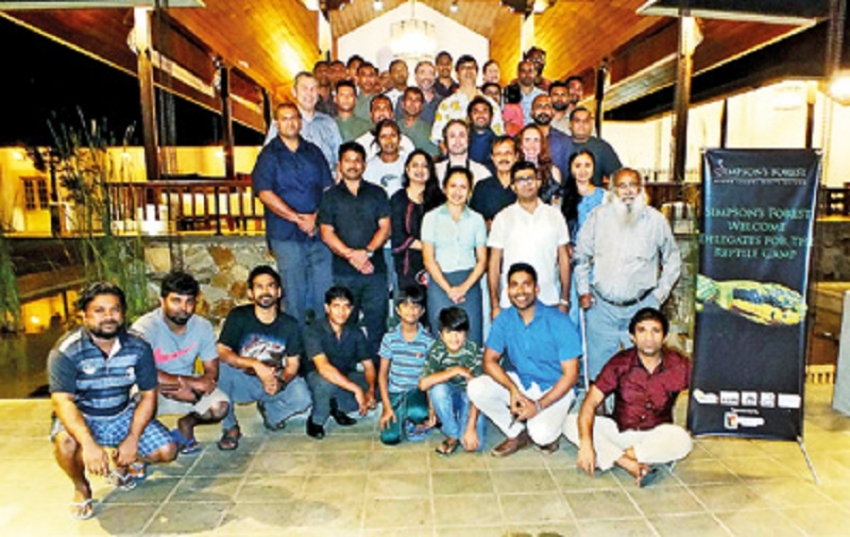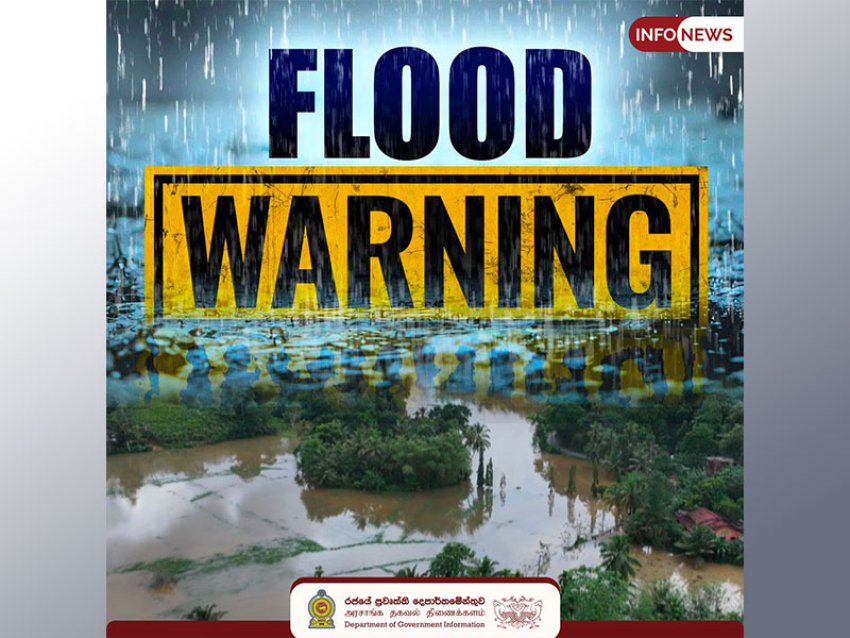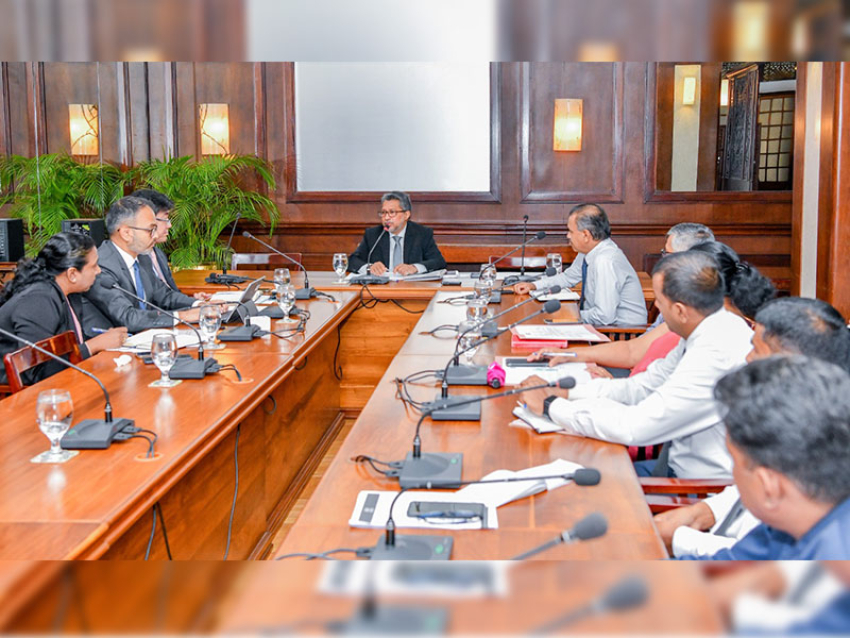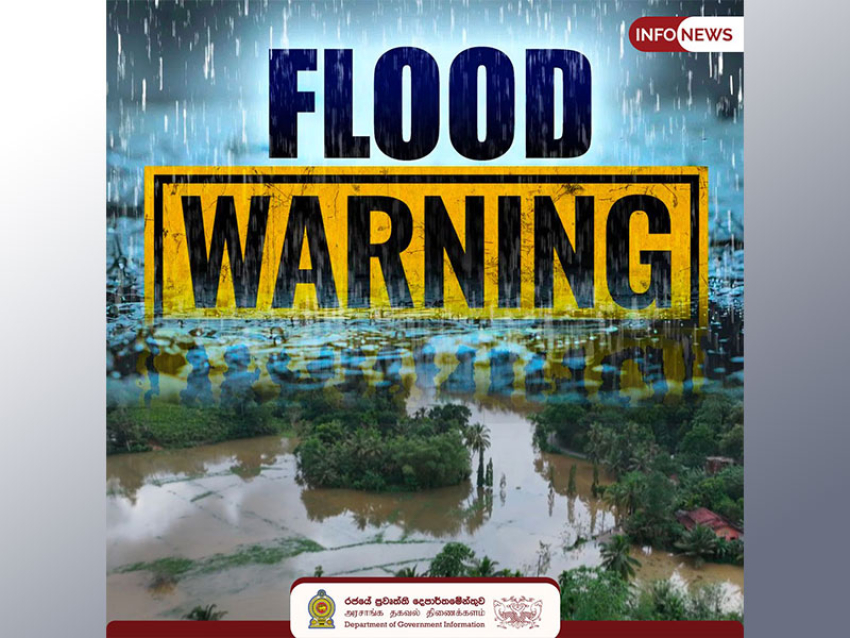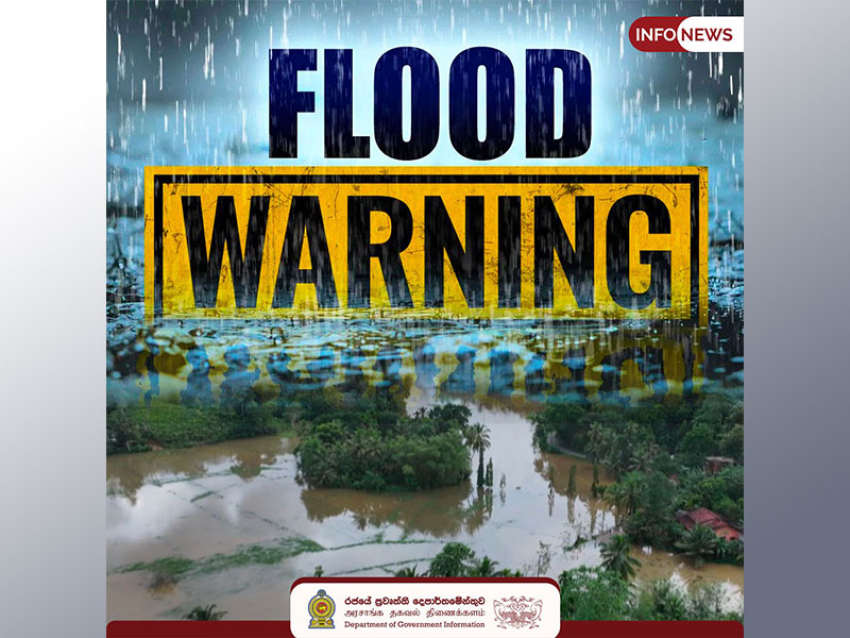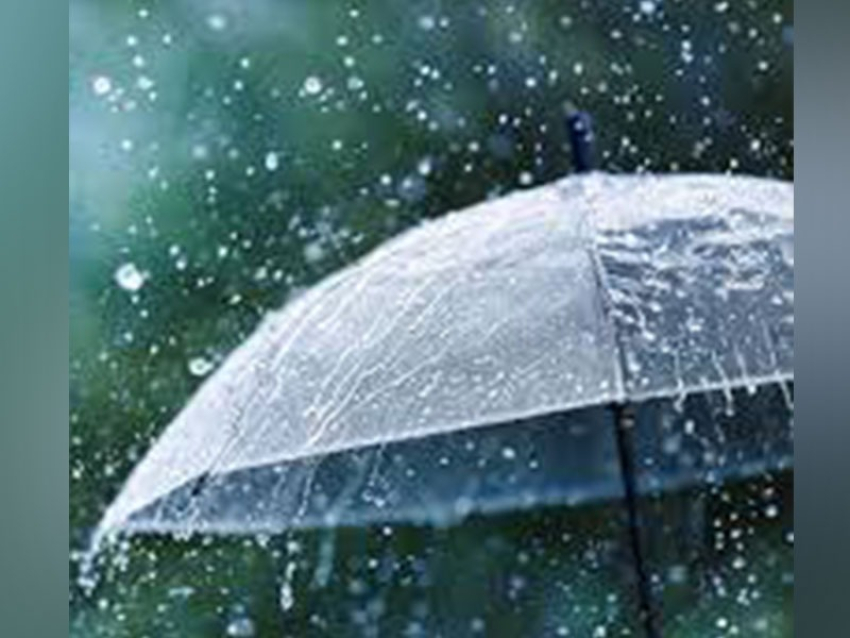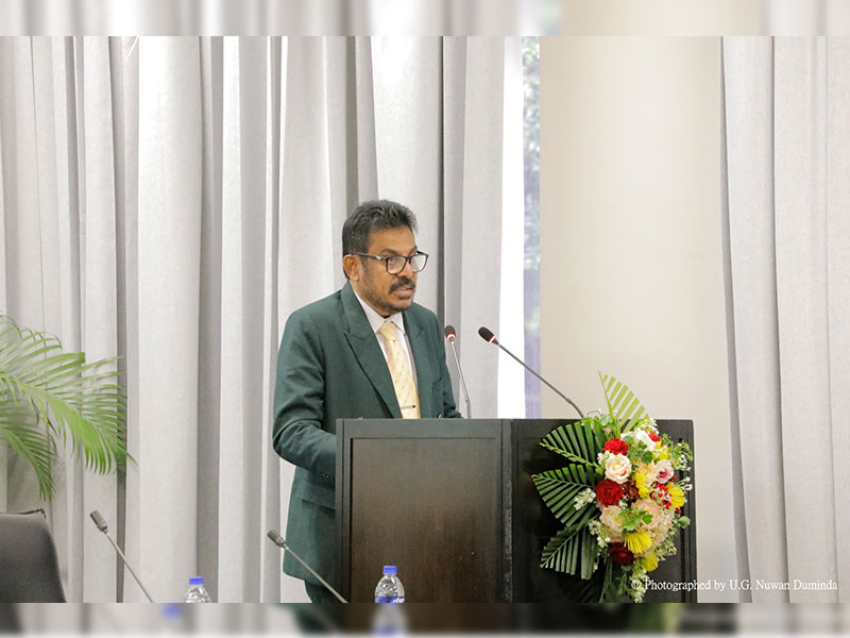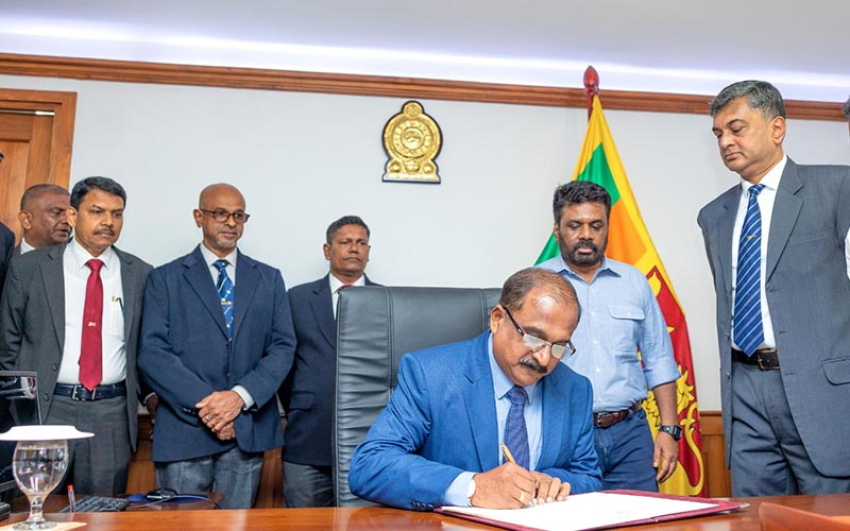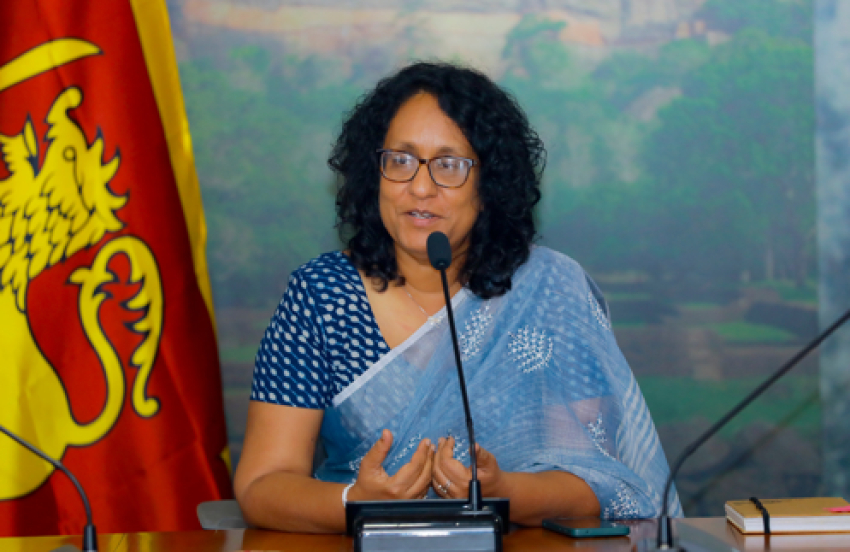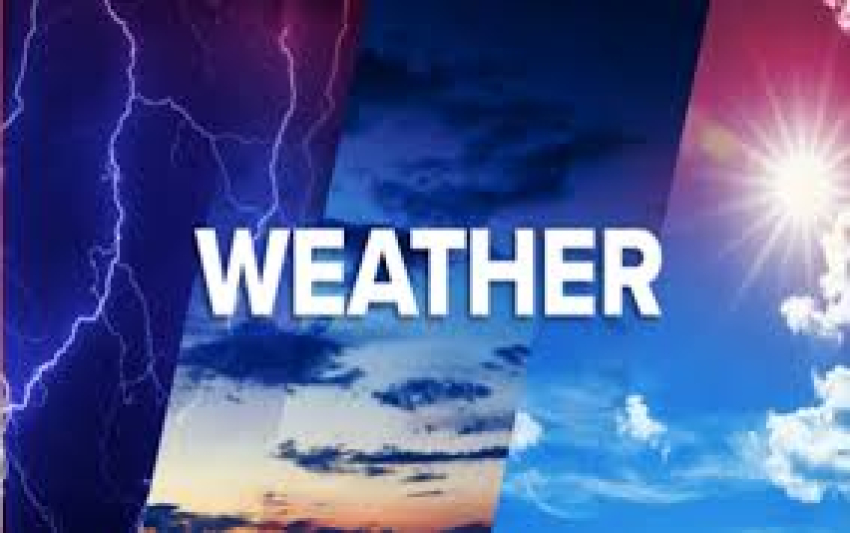The final report being co-authored by all the resource persons will be an important document in conserving Sri Lanka’s reptiles, Dr. de Silva said.The Sunday Times also learns that a similar red listing assessment had been completed for Sri Lanka’s freshwater fish. The freshwater fish study was conducted a few months ago by the IUCN country office.IUCN Sri Lanka’s Senior programme officer (biodiversity) Sampath Goonatilake said the assessment would appear on the global red list web portal in December. “It is really important to update the threat levels of species as this is the global inventory for conservation actions,” he said.
Meanwhile, experts are also getting ready to conduct a similar assessment for Sri Lanka’s amphibians to update their status on the Global Red List of Threatened Species. This was revealed at a speech by Dr. Simon Stuart, the former Chair of the IUCN Species Survival Commission (SSC).The speech was organised by Dilmah Conservation that is assisting the assessment process. The Sunday Times learns that the Amphibian Workshop will be held towards end of this year.“The world’s species extinction crisis is getting worse. There are 1.8 million described species live on Earth and about 100,000 of them are assessed for the Red List. Of them, about 27,000 are threatened – this is closer to one third of the species – so the picture is not seemingly good,” Dr.Stuart said, pointing out that 941 species were already ‘extinct’ or ‘extinct in the wild’ — surviving only in captivity. “While we need to do more, if we stop conservation, this extinction crisis would be 7-8 times worse, the expert warned.
There were some conservation problems that we could not easily fix, but not all were negative, he said, giving examples where some species started to bounce back from the edge of extinction. Giant Pandas, Californian condors, Indian rhinos and Humb-back whales are few of such examples.Sri Lanka produced a number of country-specific national red lists, with the last red list being published in 2012. The next one is scheduled to be published after five years.Sri Lanka’s Biodiversity Secretariat Chief Padma Abeykoon said they would be able to publish the flora section of the Red List assessing national threat levels of plants, herbs and trees. She said that due to a number of issues, the fauna section would not be able to completed this year.
IUCN Red Listing. They included Dr. Sanjay Molur, Dr. Neil Ashley Cox, Marcelo Fabio Tognelli, Philip Michael Bowles and Claudine Gibson. The latter had specifically visited Sri Lanka for the assessment.Almost all the Sri Lanka experts working on reptiles were present at this workshop. Speaking to the Sunday Times, herpetologist Mendis Wickremasinghe said this kind of assessment was important as there was an extinction crisis Sri Lanka’s reptiles faced. The checklist of reptiles consists of 155 species in 1993 but by 2012, it grew upto 211, with half of them endemic to Sri Lanka. It keeps on ticking. However, due to habitat loss and other key reasons, Sri Lanka’s reptiles are becoming rarer.


